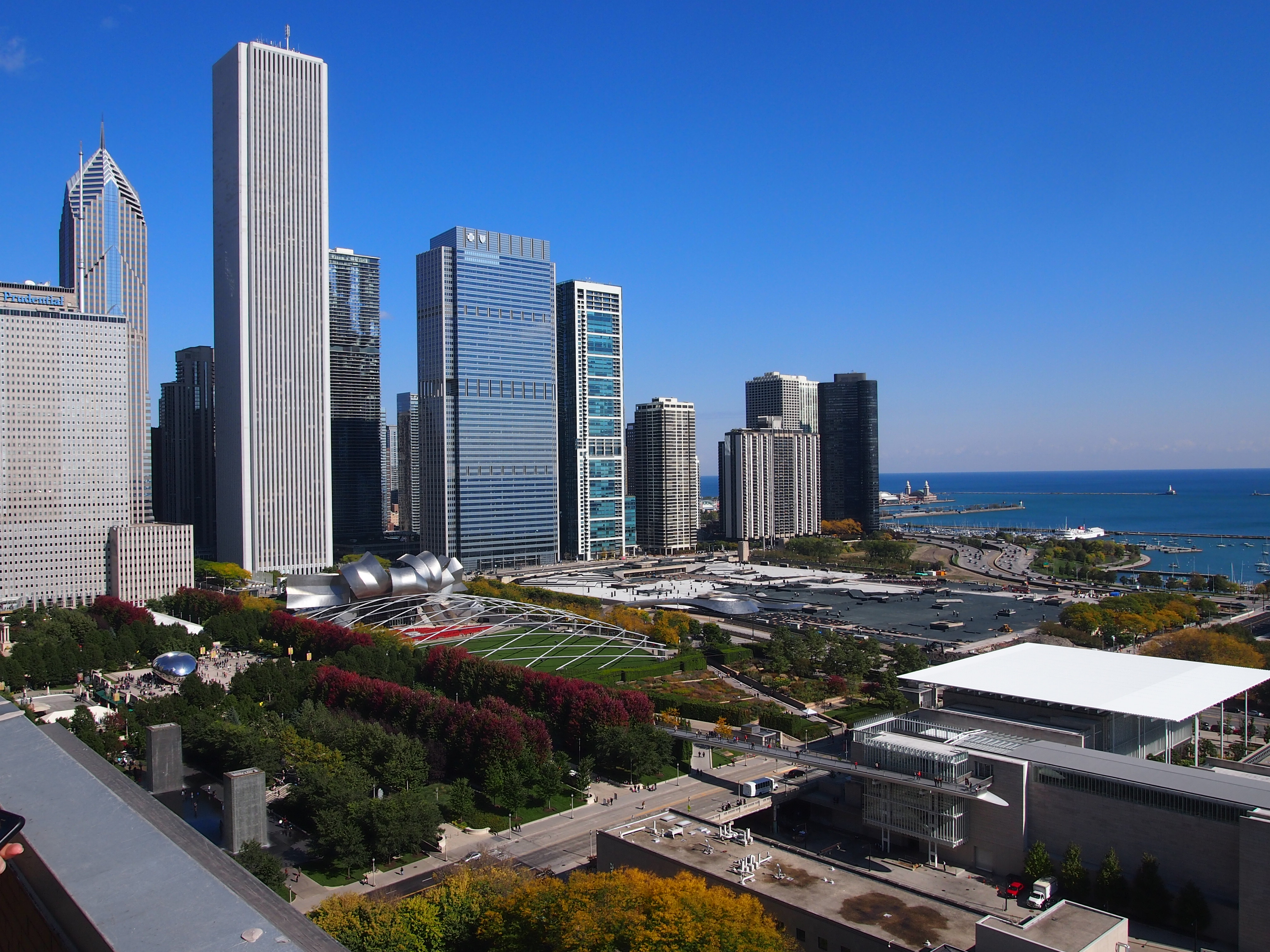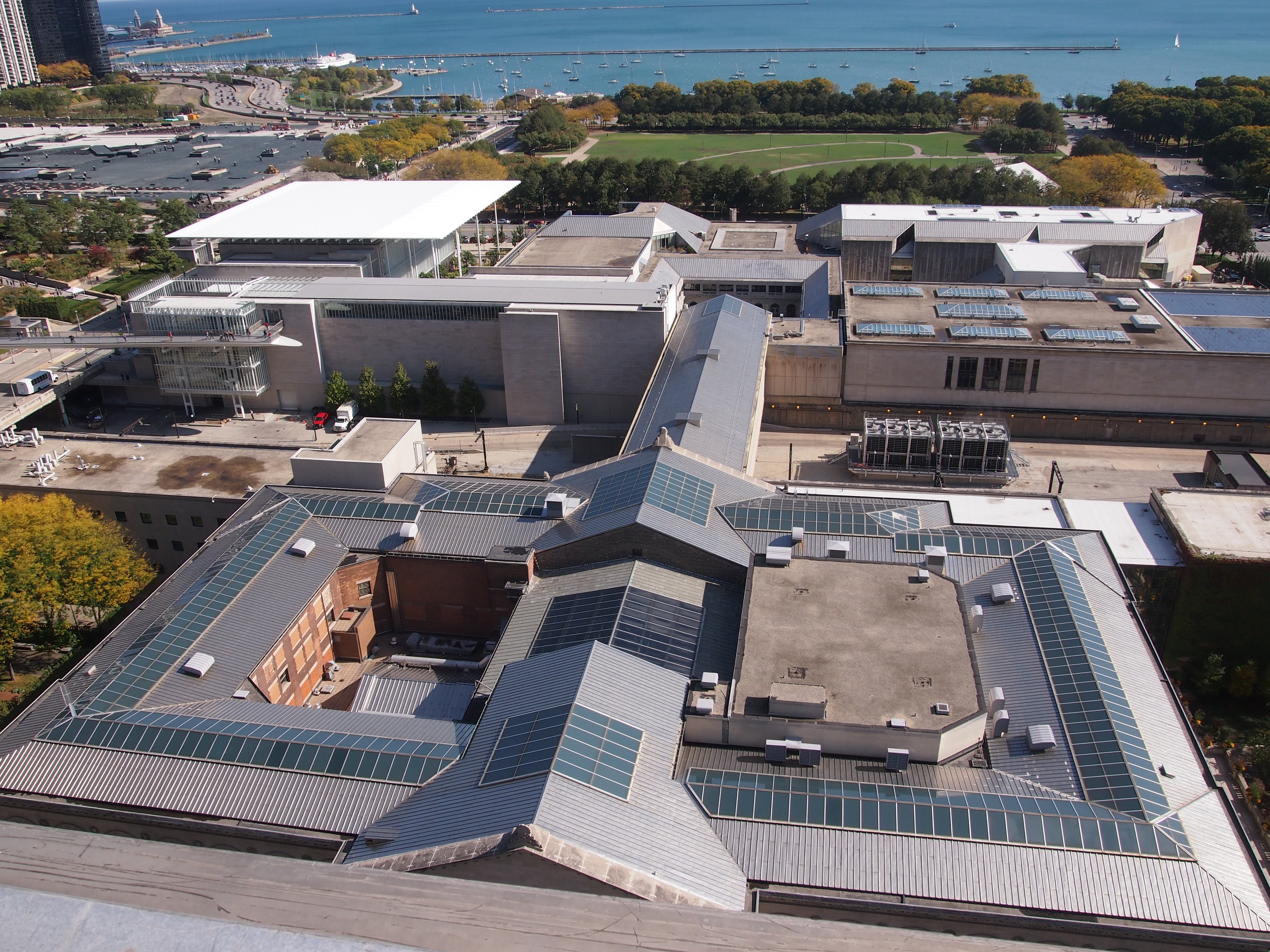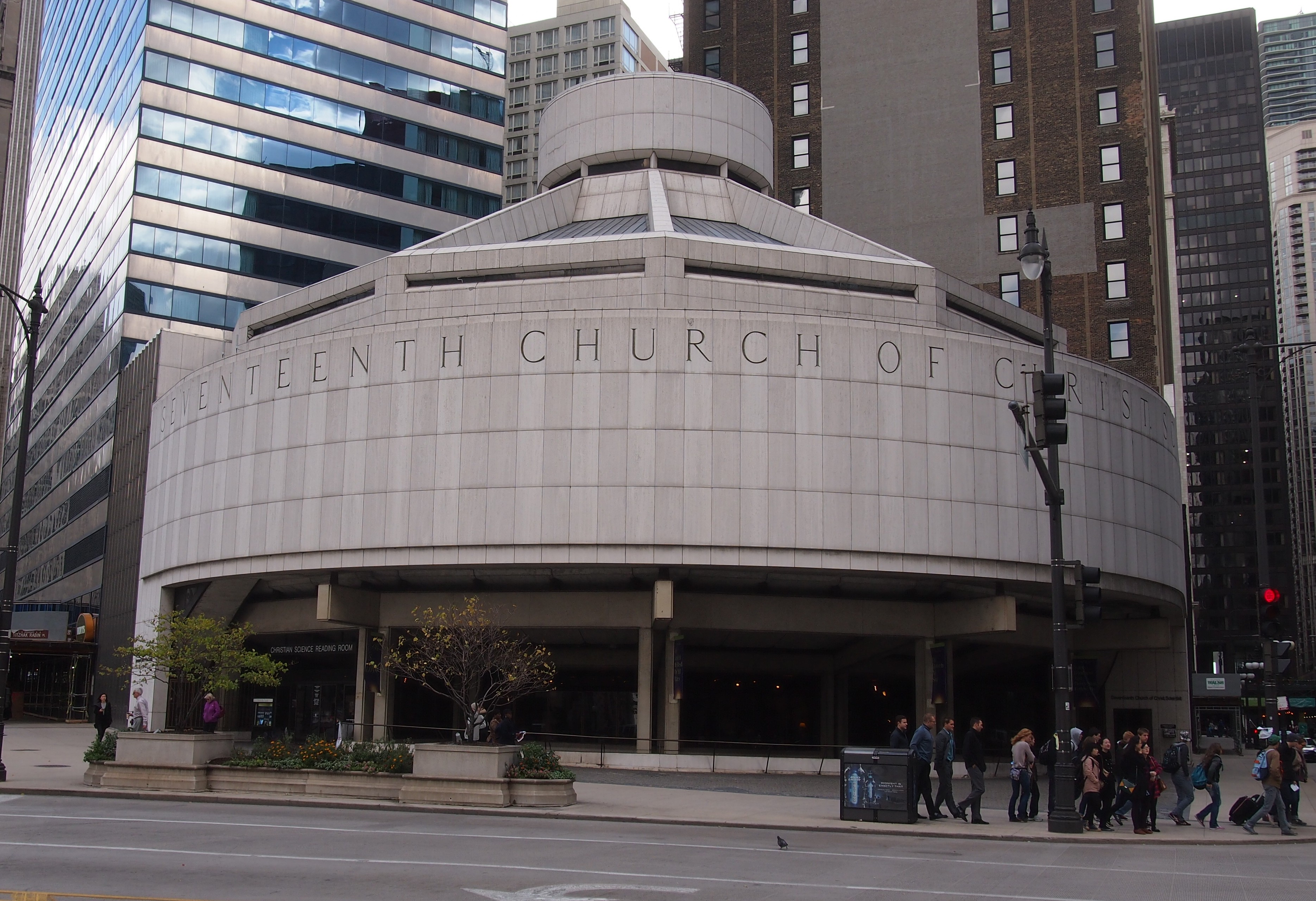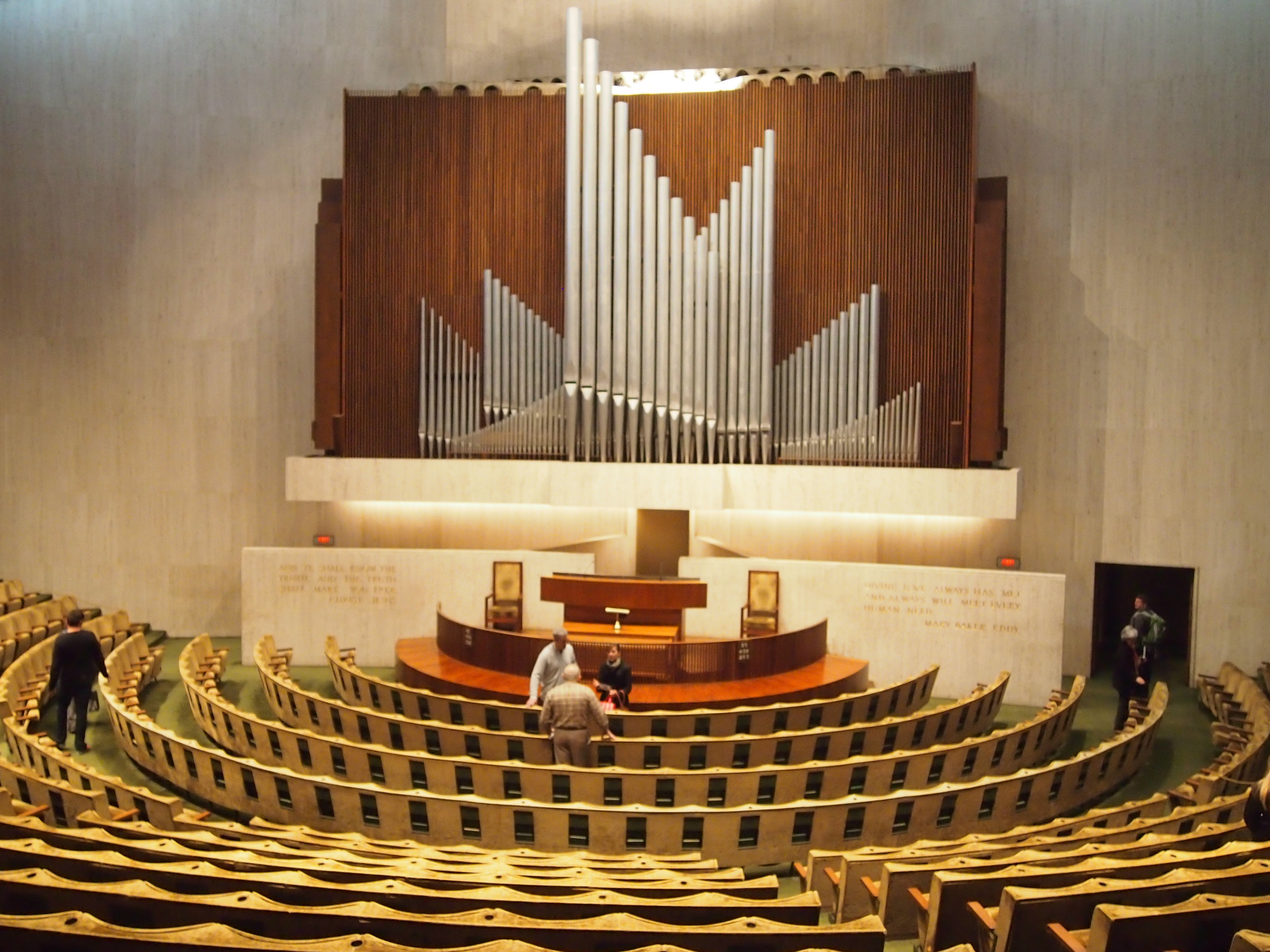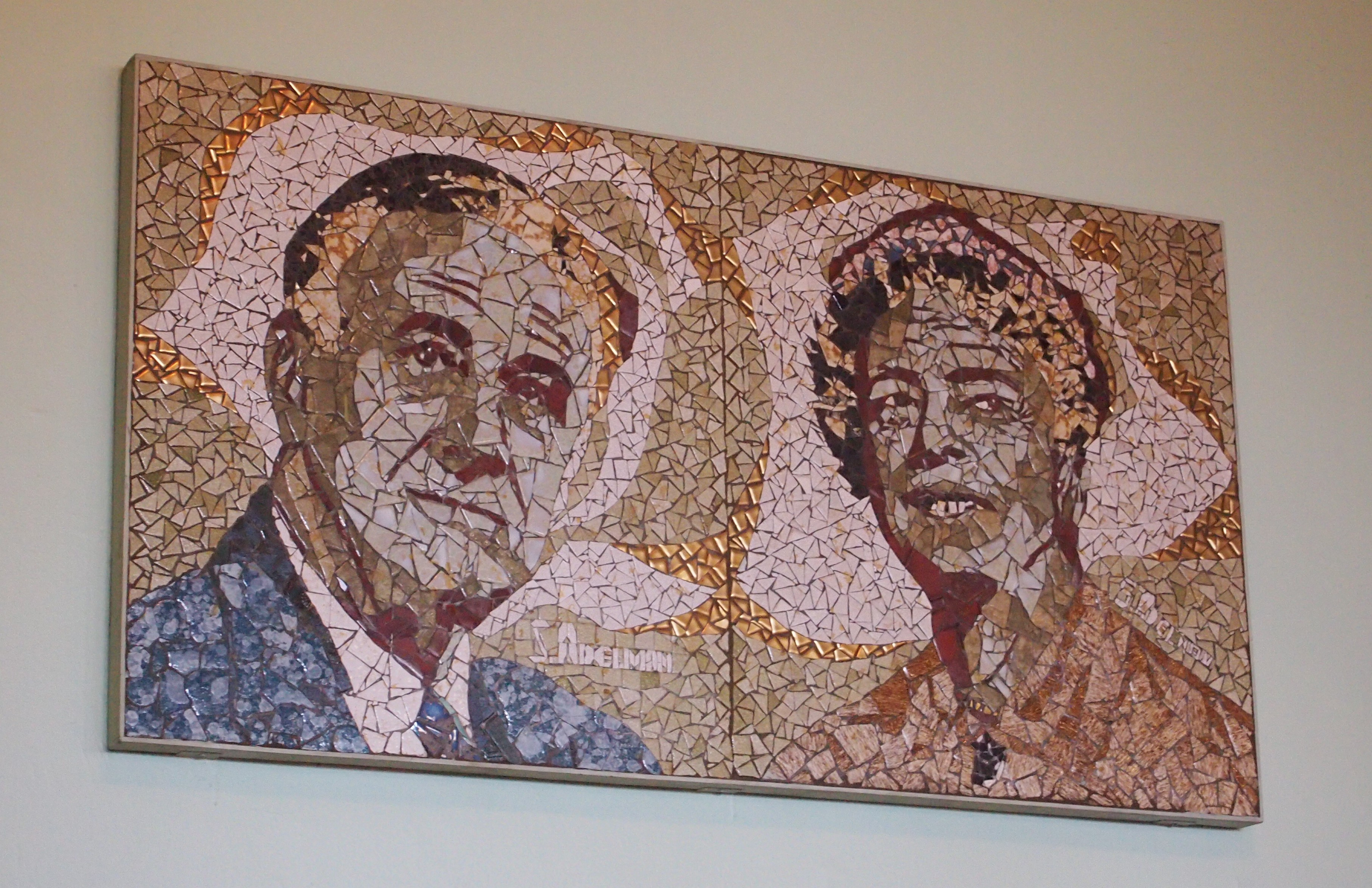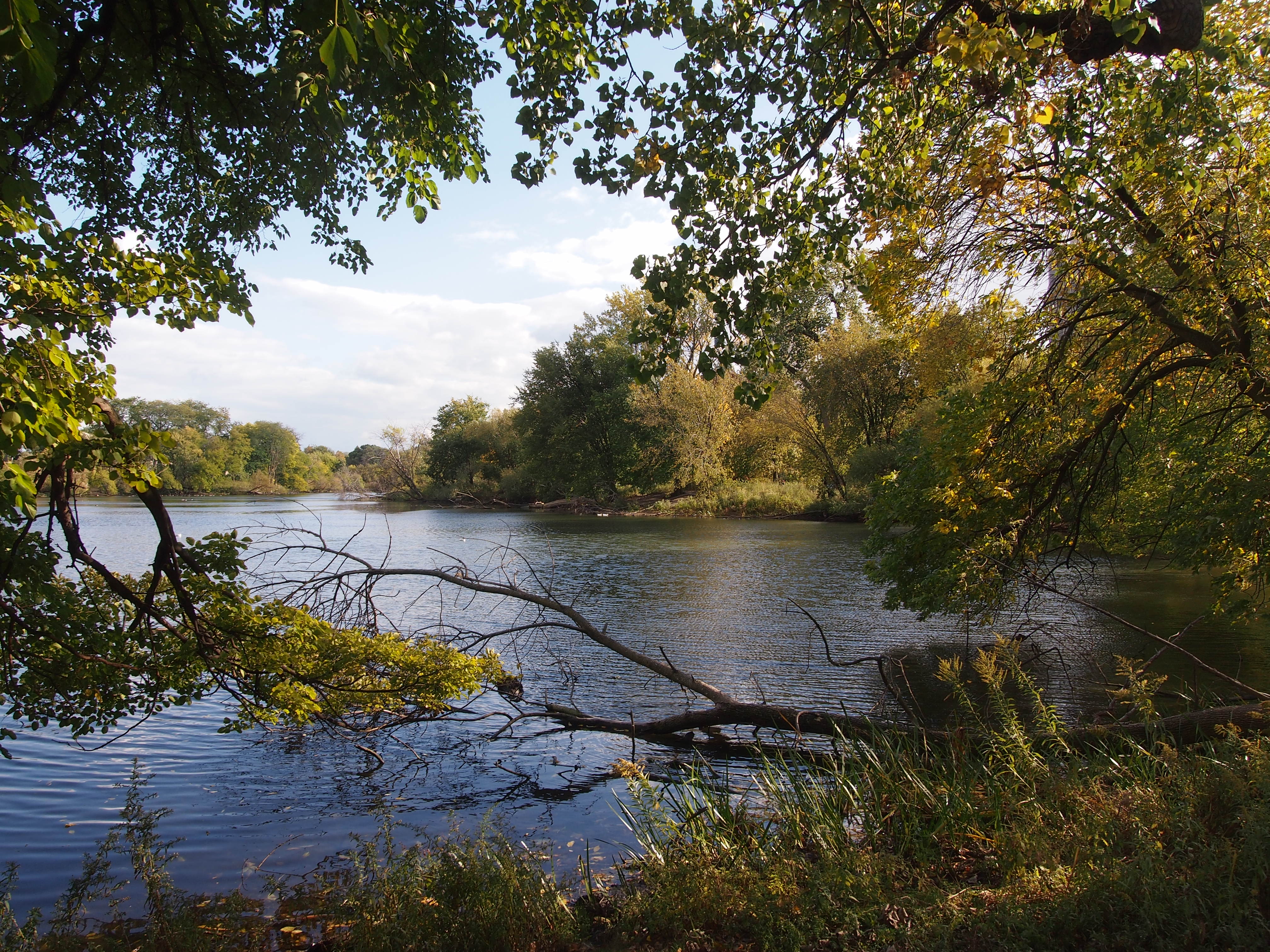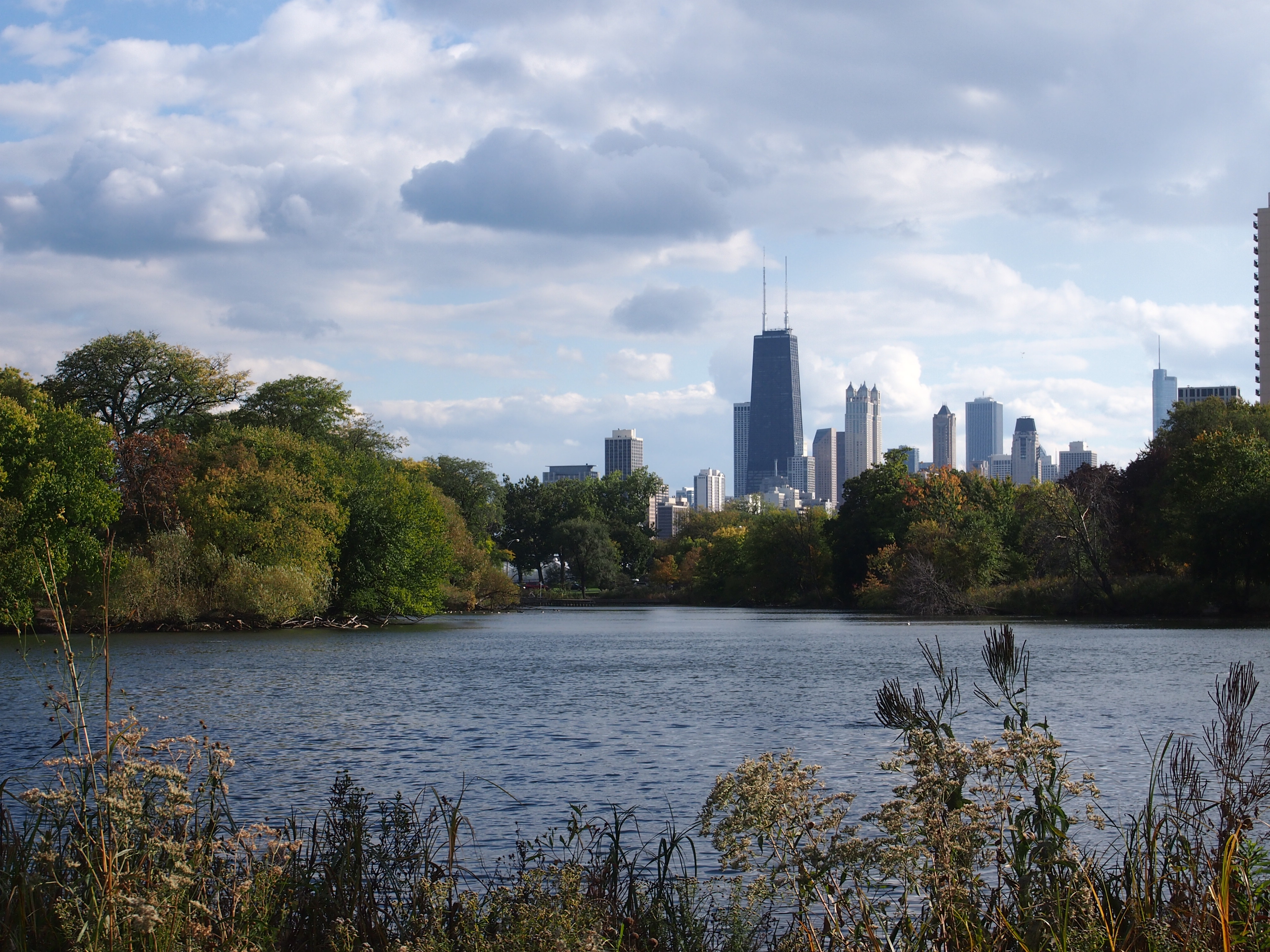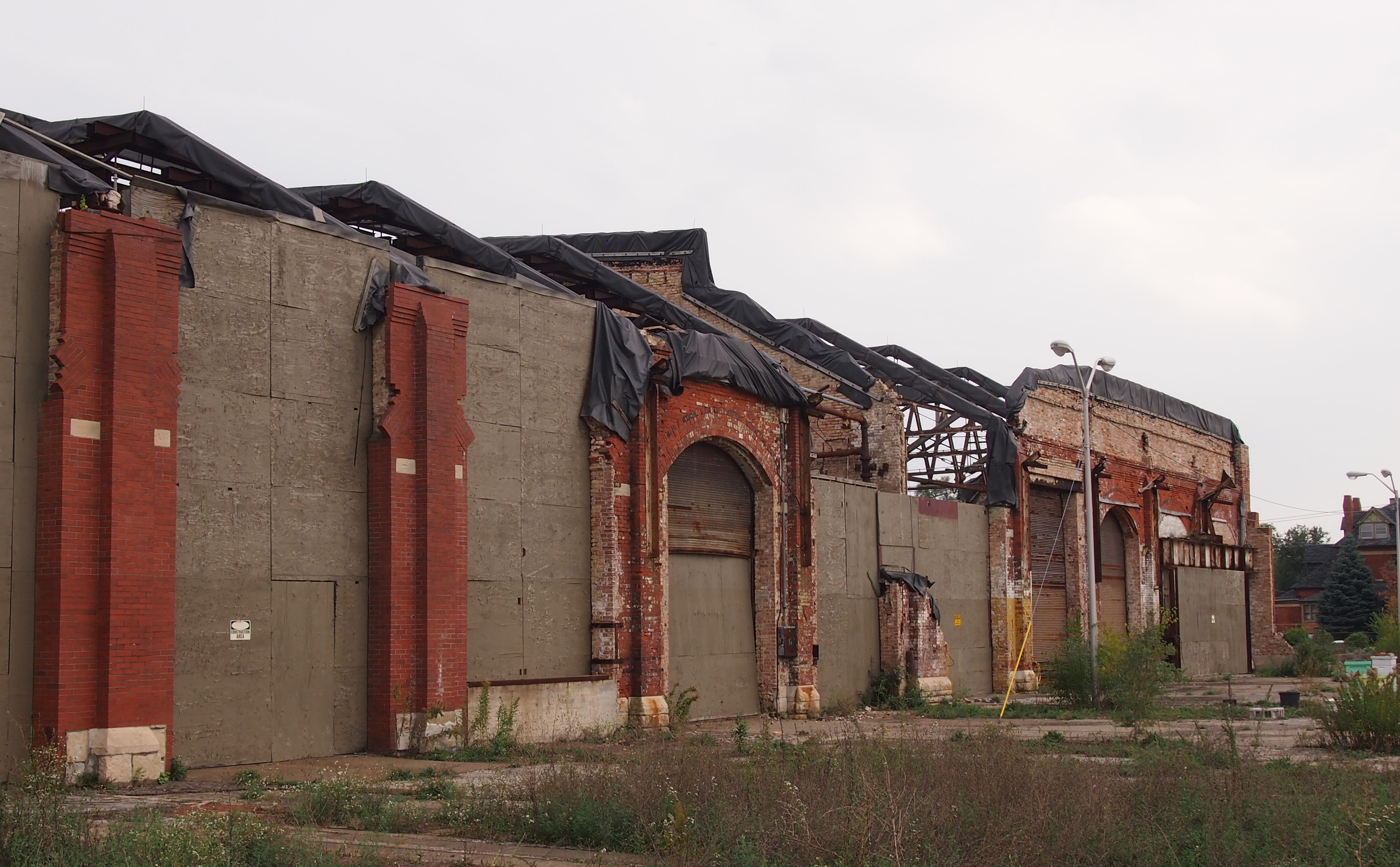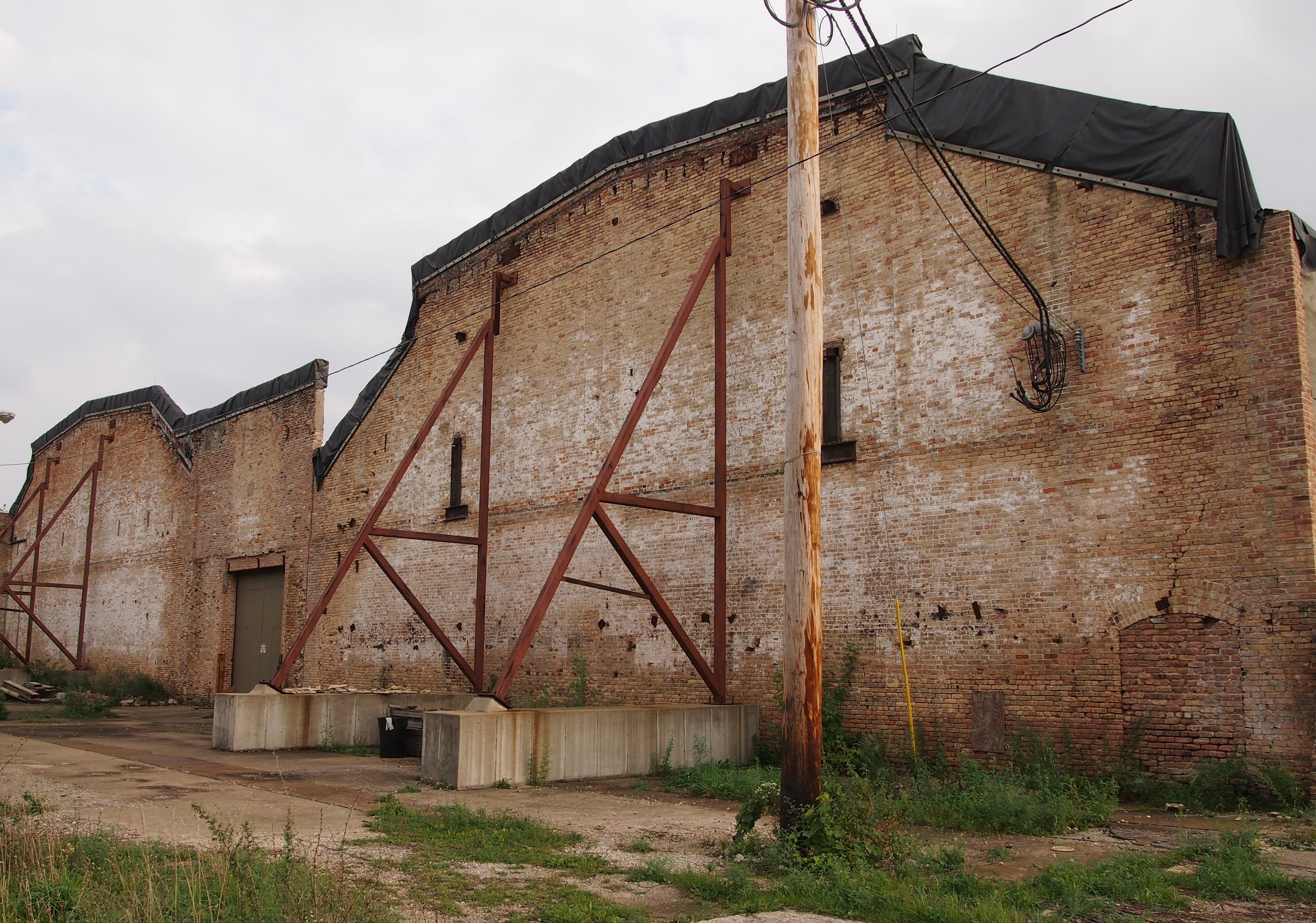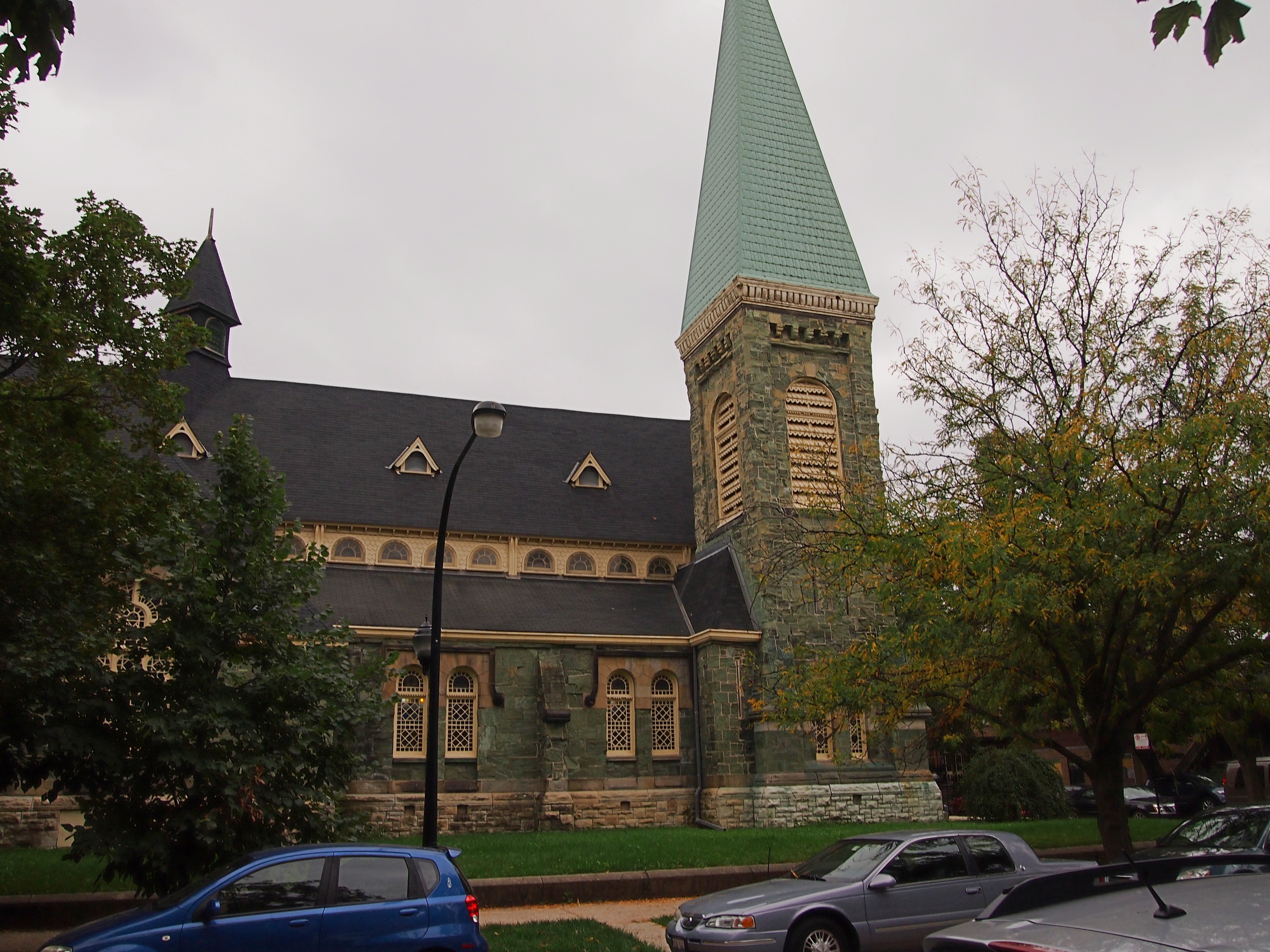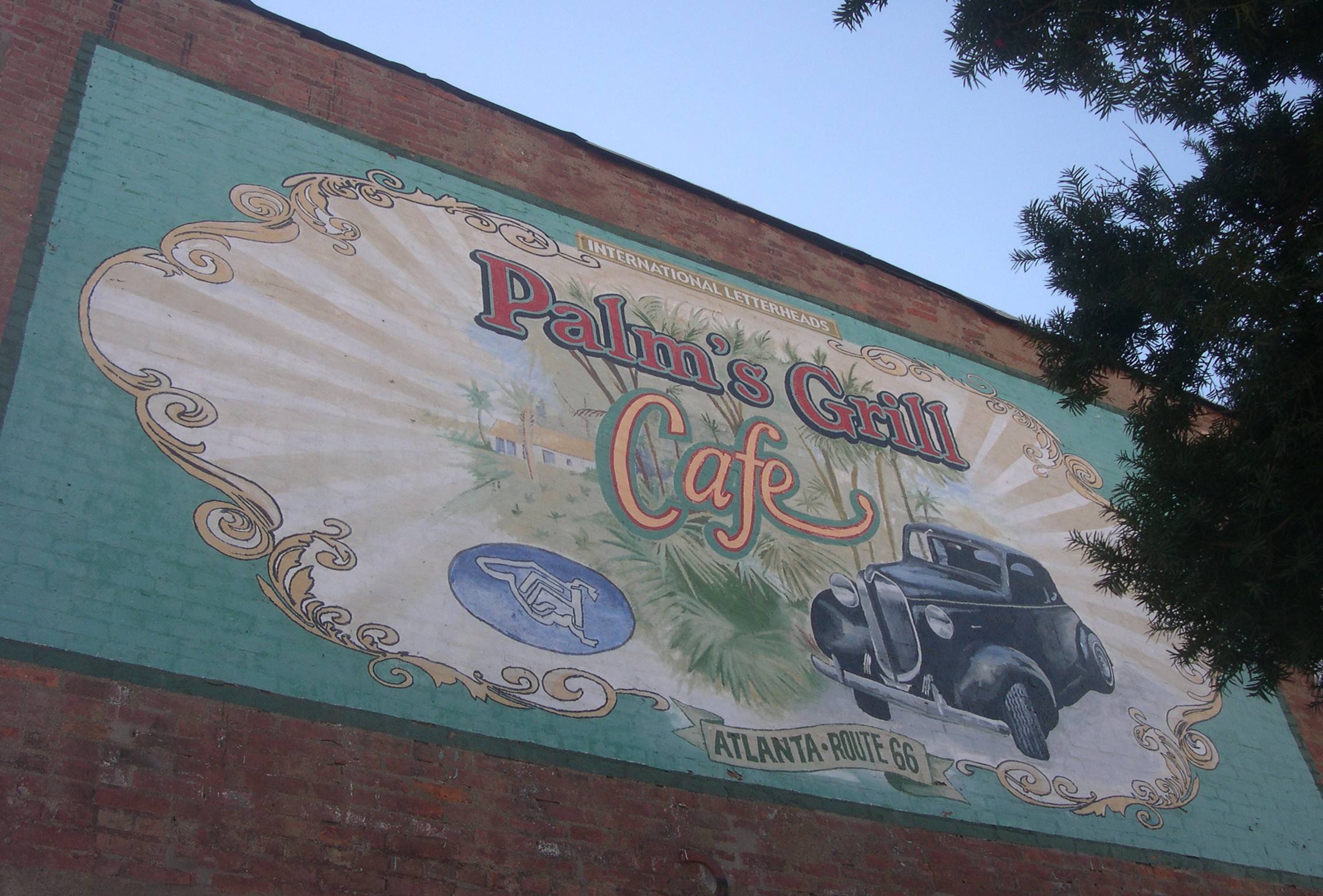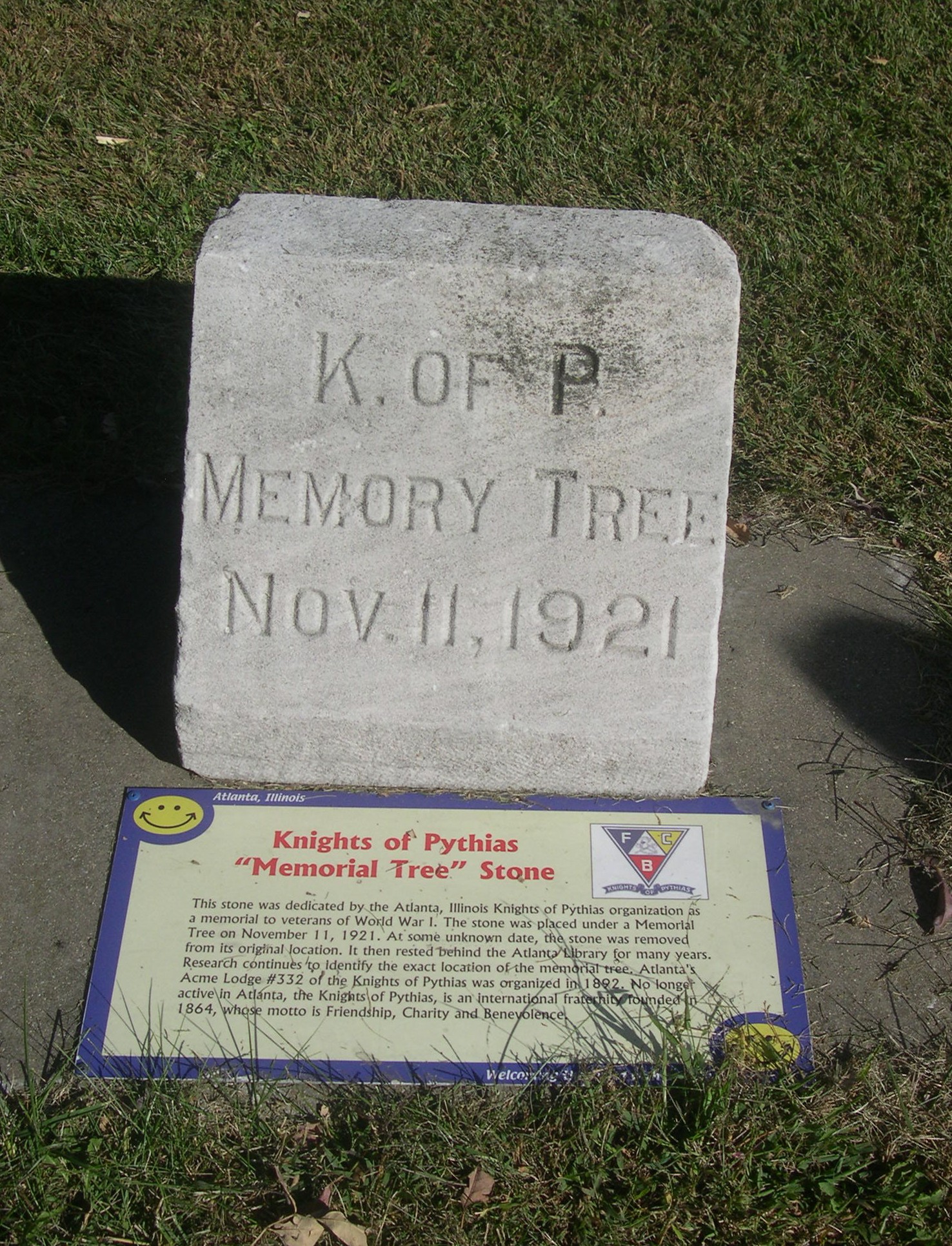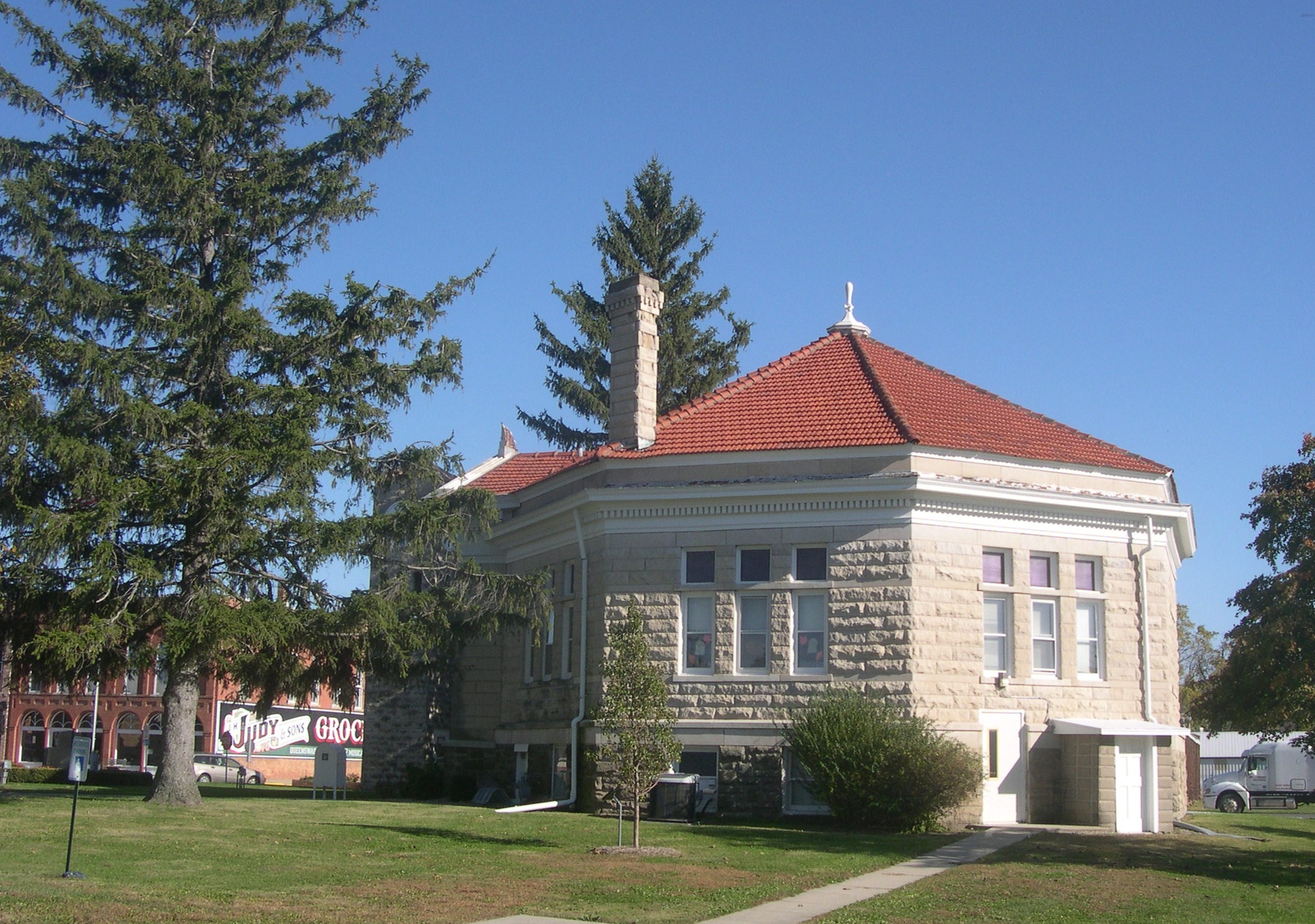Put this in the semiliterate headline file: Kim Kardashian, Kanye West engagement doesn’t phase Kris Humphries’ dad. That was the head brought up for a New York Daily News article by Google News last night at about 10:20 pm CDT. Normally, that isn’t a story I would click on, but I wanted to see if the error was on the web site. It wasn’t.
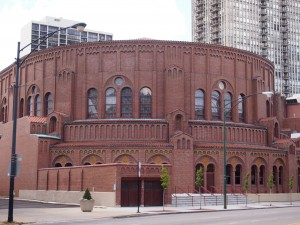 Across the street from the Chicago History Museum on Clark St., just south of Lincoln Park, is the Moody Church. The current building dates from 1925 and it’s an impressive pile o’ bricks. The AIA Guide to Chicago puts it this way: “According to the dedication-day program, the church was inspired in part by the Byzantine Hagia Sophia in Istanbul; the offices and meeting rooms on the LaSalle Blvd. side were based on various Romanesque churches from Lombardy. A brick structure with sparing use of terra-cotta ornament, the building provided a large gathering place at a limited cost.”
Across the street from the Chicago History Museum on Clark St., just south of Lincoln Park, is the Moody Church. The current building dates from 1925 and it’s an impressive pile o’ bricks. The AIA Guide to Chicago puts it this way: “According to the dedication-day program, the church was inspired in part by the Byzantine Hagia Sophia in Istanbul; the offices and meeting rooms on the LaSalle Blvd. side were based on various Romanesque churches from Lombardy. A brick structure with sparing use of terra-cotta ornament, the building provided a large gathering place at a limited cost.”
The Moody Church was another place on the openhousechicago list that I’ve passed by many, many times – when going to the museum, or on the Clark or Broadway buses, or when visiting Lincoln Park – but never entered. So I went in.
This is looking toward the front, where the focus isn’t an altar, but a pulpit. Or maybe a lectern. Not sure what they call it.
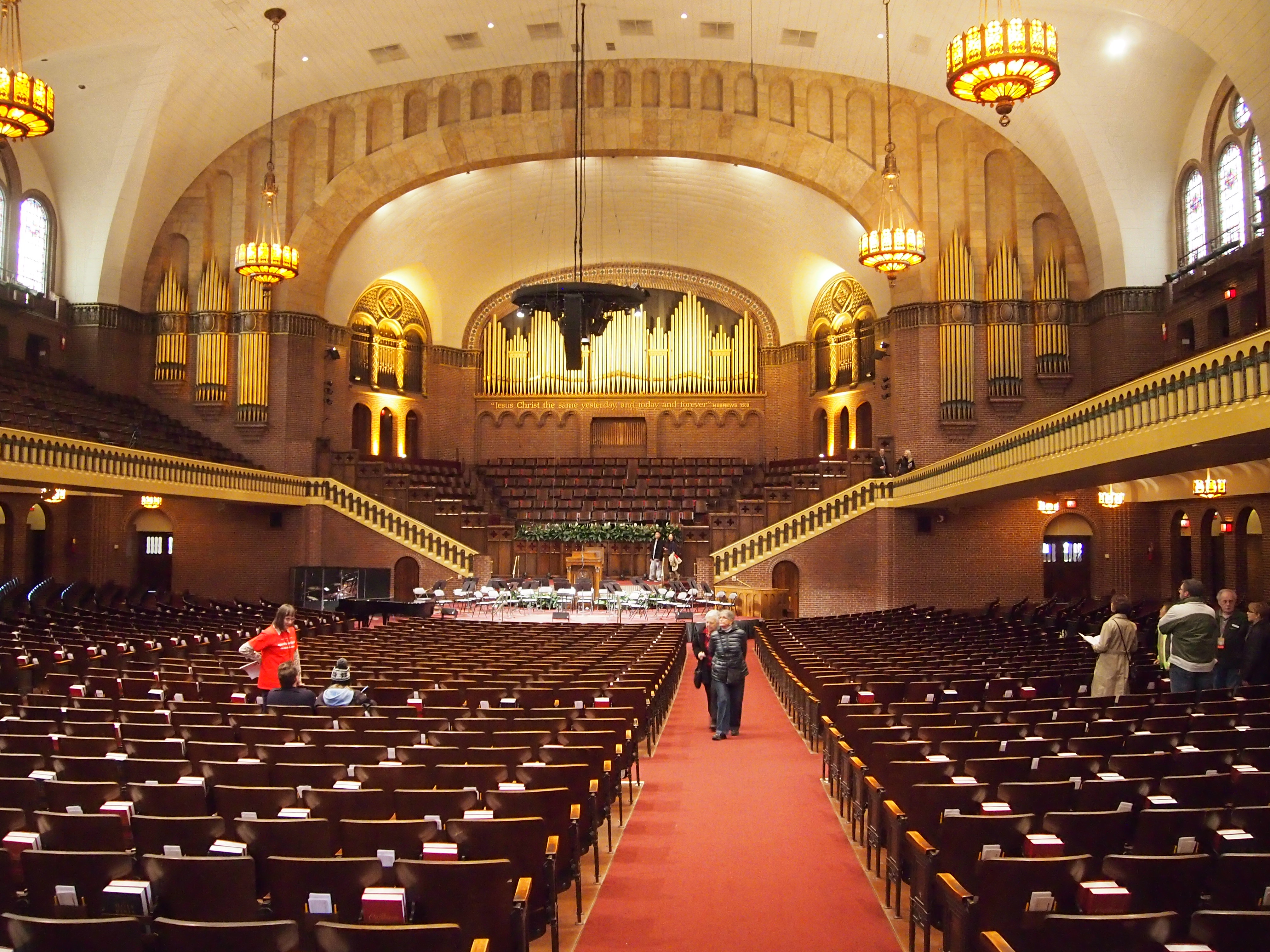 And looking toward the back. All together there are hardwood seats for 2,270 people on the main floor and 1,470 in the balcony. It must be quite a sight when the seats are full of – Moodyites? – members of the Moody Church. Must be quite a sound when they sing.
And looking toward the back. All together there are hardwood seats for 2,270 people on the main floor and 1,470 in the balcony. It must be quite a sight when the seats are full of – Moodyites? – members of the Moody Church. Must be quite a sound when they sing.
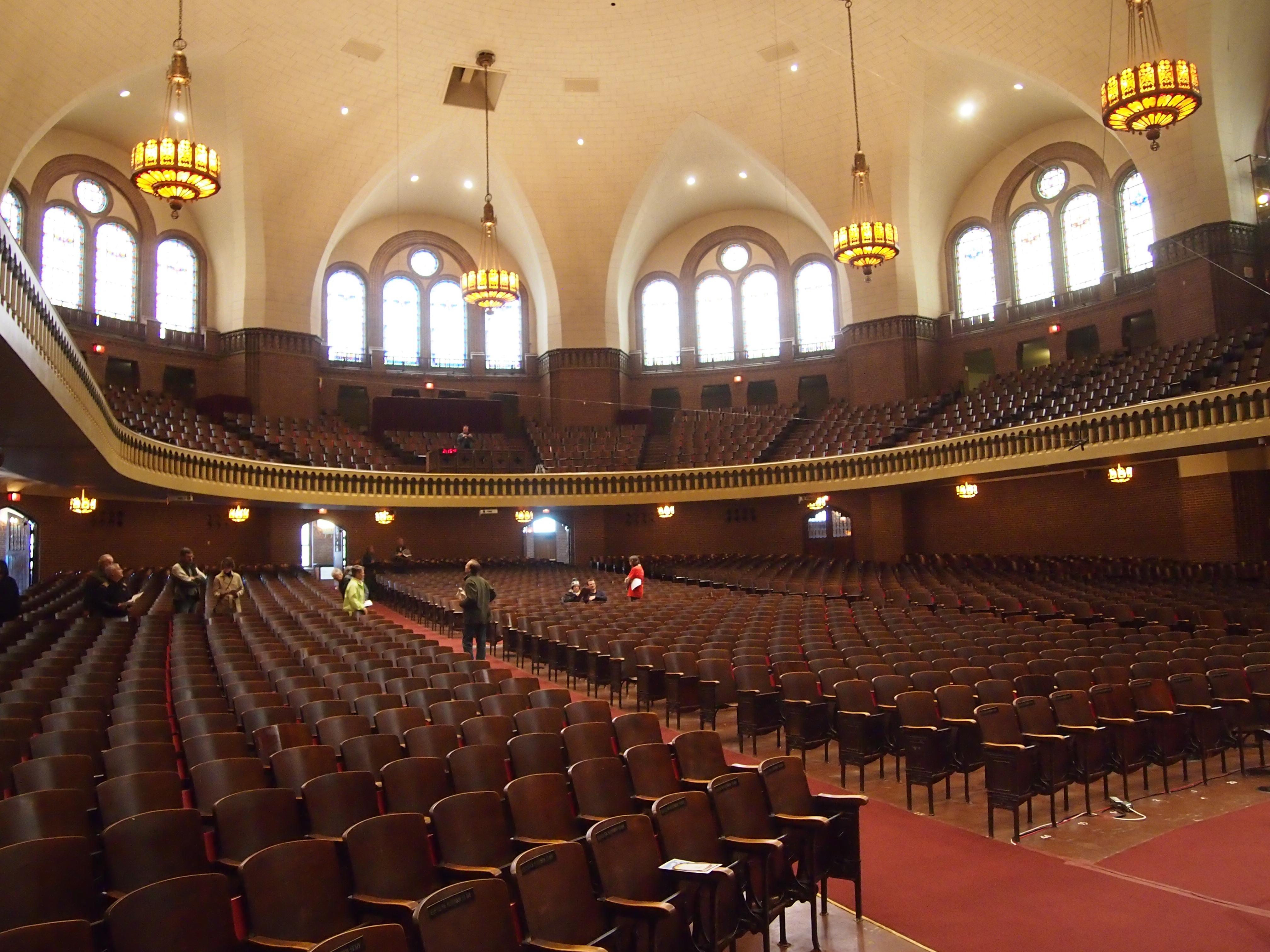 A spot of background: Moody’s Church is an independent evangelical Protestant organization, founded by Dwight Moody, a 19th-century shoe salesman from New England who found another calling, beginning with organizing a wildly successful Sunday school. His original church in Chicago, not on this site, burned down in the Fire in 1871. Later, after Moody himself had died, his organization tapped a Scotsman named John Harper to be its pastor. Coming from Britain in 1912, he booked passage on a certain steamer later famed in books and movies for sinking in the cold, cold Atlantic. He didn’t make it to his new flock.
A spot of background: Moody’s Church is an independent evangelical Protestant organization, founded by Dwight Moody, a 19th-century shoe salesman from New England who found another calling, beginning with organizing a wildly successful Sunday school. His original church in Chicago, not on this site, burned down in the Fire in 1871. Later, after Moody himself had died, his organization tapped a Scotsman named John Harper to be its pastor. Coming from Britain in 1912, he booked passage on a certain steamer later famed in books and movies for sinking in the cold, cold Atlantic. He didn’t make it to his new flock.
Those are just some of the more dramatic moments in Moody history, entirely unrepresentative. Its own account of its history is here. There’s also the Moody Bible Institute (with campuses in Michigan and Washington state, and in the news lately for dropping its ban on alcohol and tobacco for its employees), as well as publishing and radio arms (it’s the owner of 36 stations nationwide).
I’m sure the church wanted people to see the inside of the fine structure in which they worship. But of course they also wanted to proselytize just a wee bit. Upon entry, I received a DVD guide to the church, a pamphlet with a message from the current pastor, Erwin Lutzer, a schedule of upcoming events, the Order of Service for Oct. 20, 2013 (the sermon was to be on “Recognizing False Prophets”), and a small booklet by Dr. Lutzer called “One Minute After You Die.”
